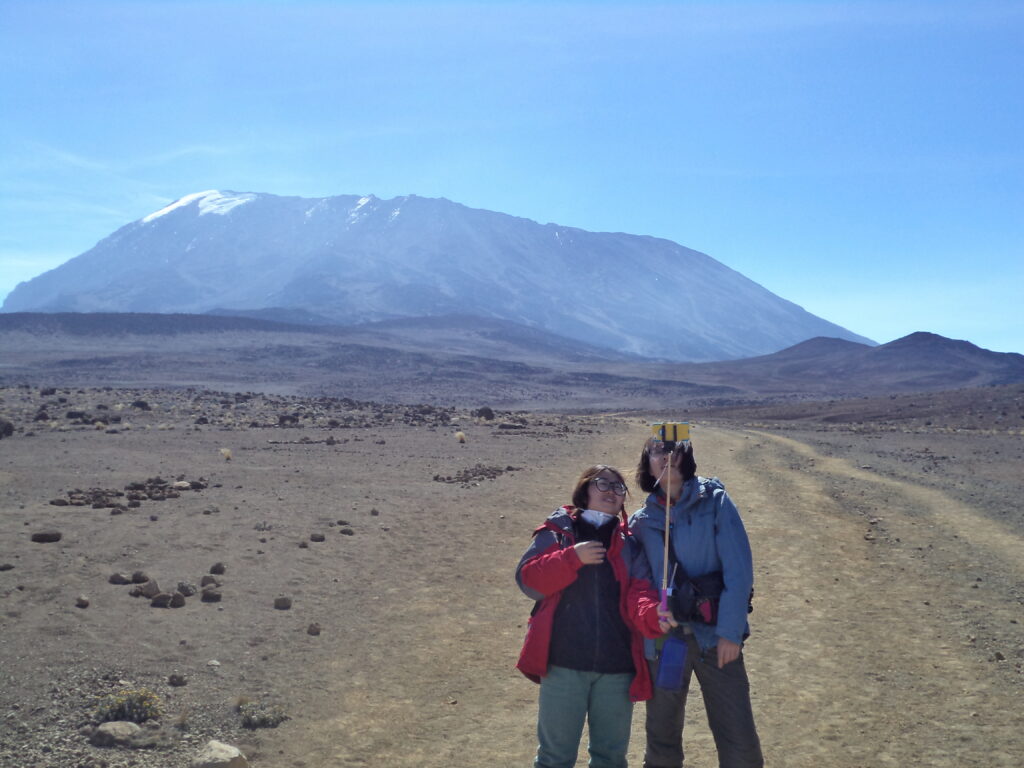
Acute Mountain Sickness (AMS)
Altitude Sickness normally occurs at high altitude around Gilman’s Point, Stella Point or on the Summit of Kilimanjaro. The record shows that more than 80% of climbers suffer from this illness but they recover and still make it to the top.
For those who get seriously ill, the only proper cure is to descend by at least 600 m. The symptoms of the illness include reduced urine output, nausea, anorexia, headaches, rapid pulse, insomnia and swelling of the hands and feet.
To help prevent the onset of acute mountain sickness, reduce the pace of your trekking. Eat as much as you can since altitude will reduce your appetite. Drink as much water as you can. Three to four litres per day including hot drinks such as chocolate decaffeinated coffee or herbal tea. While trekking with us we’ll feed you as much as we can to make sure that you keep your energy levels up.
Along with all the natural precautions, there are also preventative medicines such as Diamox. This is available and you should consult your physician for specialist advice. Fluid build-up may cause a situation known as edema, which can affect the lungs, preventing effective oxygen exchange, or affect the brain (cerebral) which will result in the swelling of the brain tissue. When this situation occurs you will need immediate assistance. Our guides always trek with an oxygen kit to deal with such circumstances.
Hypothermia
Hypothermia occurs when your body fails to generate enough heat to keep your body at the right, warm temperature. Since the weather on Mount Kilimanjaro can change quickly and a covering of mist and rain is commonplace – your clothes can get wet and this will leave you feeling cold. Check your climbing gear to avoid this common problem and make sure your carry a raincoat or poncho even in the dry season. On Kilimanjaro it can rain at anytime.
Treatment of this illness is simple but should not be underestimated. Remove all the wet clothes and wear dry warm clothes. Stay by the cooking fire for a while then rest and wrap up as warmly as you can. Sleeping in a sleeping bag with your colleague can also be an effective treatment to warm up quickly.
Sun related injuries
about 55% of the earth’s protective atmosphere is below an altitude of 5000m. Above that height, far less ultraviolet light is being filtered out, making the suns’ rays much more powerful. It is strongly recommended to use a 20+ sun protection cream at lower altitudes, and a total block cream above an altitude of 3000m. Wearing sunglasses when on Kilimanjaro is necessary. The sunshine at the top of Kilimanjaro in the morning makes the Kili ice shine and can lead to snow blindness. Snow blindness is a painful injury and might require your eyes to be bandaged for some time.